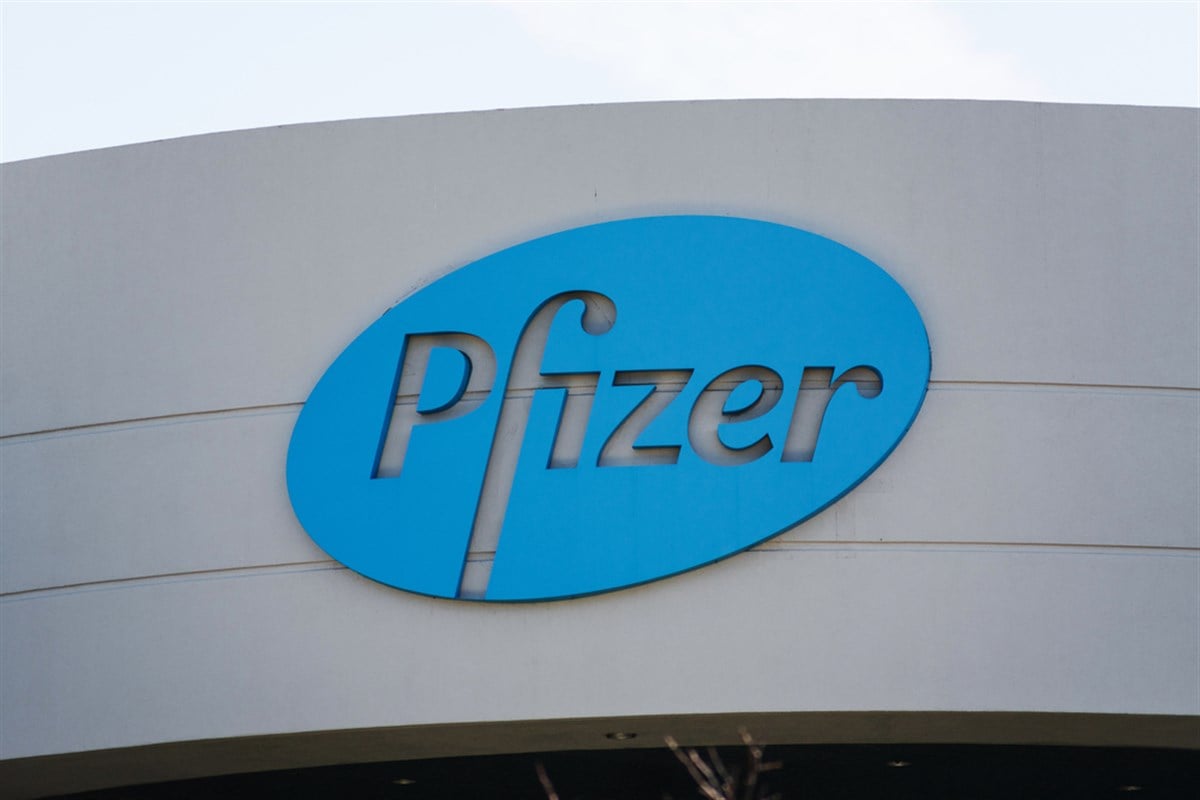
Pfizer (NYSE: PFE) is the pharmaceutical giant synonymous with the lifesaving COVID-19 vaccine. Pfizer now faces a new reality: stagnant revenue and investor anxieties. The company raked in billions from its blockbuster Comirnaty vaccine and Paxlovid antiviral drug and was once considered a pandemic powerhouse of the pharmaceutical sector. Now, Pfizer has reported that it anticipates minimal to no revenue growth in 2024. This stark contrast to the boom years has sent shockwaves through the investment community. It has raised questions about Pfizer’s future and has left investors wondering if the company can recapture its past glory.
The boom and bust
Pfizer’s COVID-19 portfolio was once a market blockbuster, generating record-breaking revenue. Recently, however, it has fallen victim to market normalization. Comirnaty and Paxlovid, the company’s pandemic-era stars, have seen their demand wane as vaccination rates plateau and infection rates stabilize. This sharp decline in sales has plunged the company into a period of stagnant revenue growth. This new reality starkly contrasts the boom years of the pandemic. To secure future growth, Pfizer must navigate the company’s new reality. The critical challenge will be diversifying its portfolio and mitigating dependence on pandemic-related products.
Investor jitters and the market reaction
Pfizer’s 2024 outlook sent shockwaves through the market. The outlook was significantly below analyst estimates, and that news triggered a plunge of over 8% in Pfizer’s stock price. This sharp decline reflects investor concerns regarding the company’s ability to sustain future growth post-pandemic. Income-oriented investors may find solace in Pfizer’s robust dividend yield of approximately 6%, which provides a reliable income stream amid the current market turbulence. This dichotomy between growth anxieties and income stability presents a complex investment proposition for Pfizer.
Beyond the pandemic
Recognizing the limitations of its pandemic-dependent portfolio, Pfizer is actively pivoting toward sustainable growth through strategic diversification and R&D investments. The acquisition of Seagen (NASDAQ: SGEN), a leading oncology biotech, has been approved and is expected to be completed soon. This acquisition bolsters Pfizer’s pipeline in a lucrative market and unlocks new growth avenues.
Simultaneously, the company’s innovation engine continues to operate at full speed. The company has announced promising advancements like Marstacimab for hemophilia. Pfizer has also announced that its new drug ELREXFIO has received conditional marketing authorization for the treatment of multiple myeloma in the European market. This proactive approach toward therapeutic expansion and innovation signifies Pfizer’s commitment to crafting a future beyond the COVID-19 boom-and-bust cycle.
Pfizer’s playbook for the future
Pfizer has devised a multi-pronged strategy to help right the ship. The company actively pursues proactive acquisitions in high-growth areas like rare diseases and gene therapy. Seagen is merely the opening move as Pfizer seeks to bolster its pipeline and expertise in key therapeutic segments.
Recognizing the need for tighter operational efficiency, Pfizer is embarking on cost-optimization maneuvers. Streamlining internal processes and optimizing expenses are crucial to improving profitability in this challenging environment. The company has set an ambitious target of achieving at least $4 billion in cost savings by the end of 2024.
Pfizer remains committed to staying ahead of the curve through unwavering R&D investments. The company’s robust $8.3 billion R&D budget for 2023 demonstrates its dedication to bringing innovative drugs to market and securing future growth. This three-pronged approach of strategic acquisitions, cost optimization, and R&D investment represents Pfizer’s roadmap for navigating the challenges and opportunities of the post-pandemic era.
The road ahead: A cautious optimism
While the road ahead holds challenges, Pfizer’s trajectory inspires cautious optimism. The company boasts a resilient track record because it has weathered market cycles throughout its history and emerged stronger.
Additionally, its strategic diversification beyond the COVID-19 crutch, with a focus on lucrative areas like oncology and rare diseases, presents significant avenues for future growth.
Furthermore, Pfizer’s proactive approach, evident in its targeted strategic acquisitions, cost-optimization initiatives, and unwavering commitment to R&D, underscores its resolve to adapt and thrive in the evolving pharmaceutical landscape. These factors suggest that while the immediate future may be bumpy, Pfizer possesses the necessary tools and determination to navigate the challenges and emerge as a resilient player in the post-pandemic era.
Pfizer’s current dip might present a compelling opportunity for patient investors seeking long-term potential and an excellent dividend. While immediate rebounds might be uncertain, the company’s strong fundamentals, strategic initiatives, and promising pipeline offer a glimmer of hope for brighter days beyond the pandemic and well into the future.










